The concept of a "carbon footprint" helps measure and illustrate the environmental impact of a product, business, industry or individual. The simple definition is the total amount of greenhouse gases produced to support a given activity — usually expressed in tons of carbon dioxide equivalent (CO2e).
When looking at the carbon footprint of fiber-based products, we consider the emissions generated, sequestered and avoided throughout its lifecycle—this includes the emissions associated with the raw wood and continues through the product’s life cycle, ending with the emissions associated with the product's reuse, recovery or disposal.

Reducing Our Impact
At International Paper, we recognize that our products — like all products and all businesses — have a carbon footprint. We also recognize that there are measurable actions we can take to improve it. One way we can do this is through promoting circularity in our value chain. This starts with our suppliers practicing responsible forest stewardship, which contributes to the removal of CO2 from the atmosphere. We also continuously work to reduce greenhouse gas emissions during manufacturing and increasing the recovery and recycling of our fiber-based products.
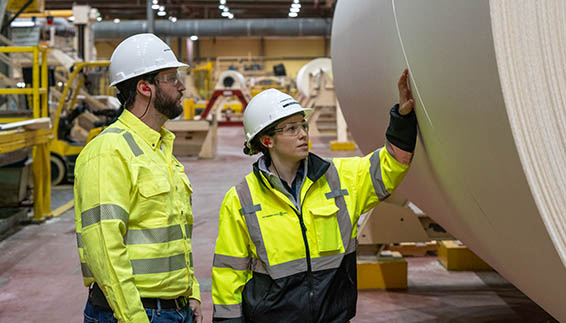
For fiber-based products, there are three major factors that affect the carbon footprint: carbon sequestration in forests, carbon emissions generated during manufacturing and processing and avoided emissions associated with biomass fuel usage. Throughout the life of a product, each of these carbon impacts plays a key role in the overall carbon footprint.
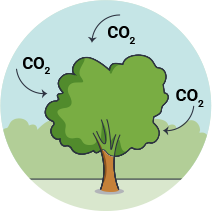
Carbon Sequestration
The fiber used to make our products is sourced from responsibly managed forests, which provide carbon benefits through carbon sequestration. Forests store carbon dioxide while providing wood fiber for fiber-based products. Our use of wood fiber provides landowners an incentive to keep land forested where trees can bind carbon, and responsible forest management helps ensure that new trees are grown to replace those removed during harvest.1 Productive forests that are managed to make products that store carbon can have greater long-term carbon benefits than forests left unmanaged.2
At International Paper, our products are made from a renewable raw material procured from suppliers who practice responsible forest stewardship — this promotes the stewardship of forests so that they can continue to sequester carbon long into the future.
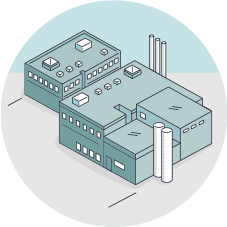
Carbon Emissions Generated
The manufacturing of fiber-based products generates direct (Scope 1) and indirect (Scope 2 and Scope 3) emissions across the value chain. Direct (Scope 1) emissions are any emissions that are generated directly from operating our facilities and manufacturing our products. These include emissions generated from the use of fossil fuels to operate equipment or from generating power in our manufacturing process. Indirect emissions result from purchased electricity (Scope 2) as well as emissions that occur throughout the remainder of a product's life cycle (Scope 3), such as during product transportation and distribution.
Our Vision 2030 Sustainable Operations goal addresses the most significant planet risks and reflects a renewed commitment to improve our footprint across our businesses, operations and value chain. Our greenhouse gas emissions target for 2030 is to reduce our Scope 1, 2 and 3 GHG emissions by 35%, aligned with the best-available climate science.
Nearly 75% of the energy used in our mills is generated from biomass residuals rather than fossil fuels
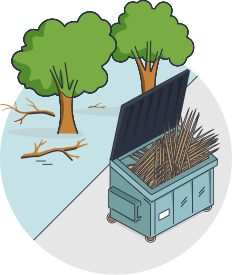
Avoided Emissions
Our products are manufactured using nearly 75% renewable biomass residuals.
While manufacturing fiber-based products consumes energy, our use of biomass as an energy source significantly lowers our net carbon emissions. We employ two types of residual biomass: manufacturing residuals and forest-derived residual biomass that would otherwise be waste. Forest-derived biomass includes things like the limbs and branches left on the forest floor, while manufacturing residuals are the “leftovers” from product manufacturing such as bark.
The U.S. Environmental Protection Agency (EPA) considers biomass from managed forests as carbon neutral when used for energy production at stationary sources3. This provides greenhouse gas benefits by avoiding the emission of about 181 million metric tons annually of CO2 equivalent4. This is equal to the emissions of about 35 million cars5. For more information, please see the “Forests CO2 Cycle in Action” infographic below.
Our Products Are Recyclable And Have Always Been Circular
Because fiber-based products are made from natural materials, they can be recycled at high rates. This is critical because when products decompose in landfills, they release methane — a powerful greenhouse gas — but recycling helps cut down on these emissions. Our process is circular by nature – from the sourcing and replenishment of our primary renewable raw material, to our use and beneficial reuse of byproducts in the manufacturing process and finally the use, recovery and reuse of our products. This circularity is core to our industry and our existence.6
You can play a role in the carbon footprint of fiber-based products. The more paper and cardboard get recycled the lower its carbon footprint. Please remember to always recycle.
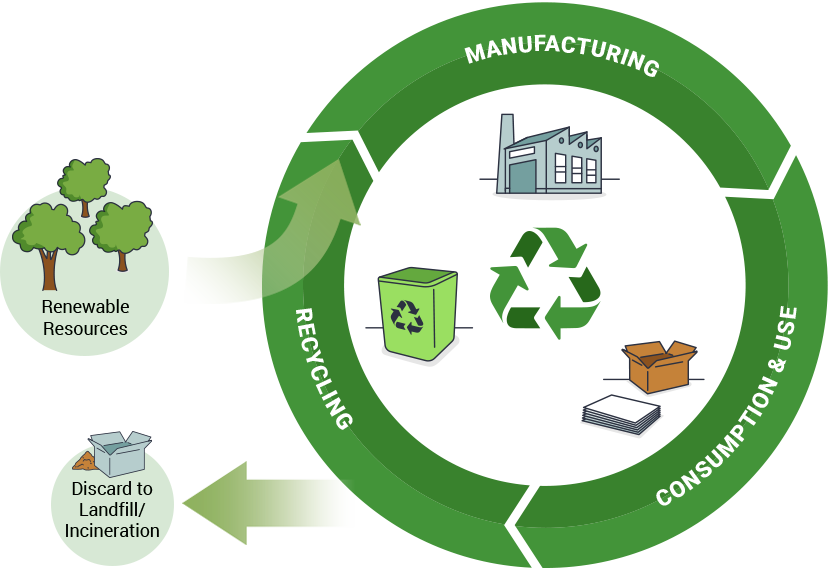
There are other often overlooked carbon benefits of responsibly managed forests. When forests are responsibly managed, the potential for wildfire is reduced, thus limiting large carbon releases.
While forests naturally sequester carbon, they remain under threat from deforestation from competing land uses such as agriculture and development. The forest products industry provides economic incentives for keeping land in forests, which when managed sustainably ensure that they can continue to serve as a carbon sink. Conversions of forests to other uses almost always results in large releases of carbon.
Forests' CO2 Cycle in Action
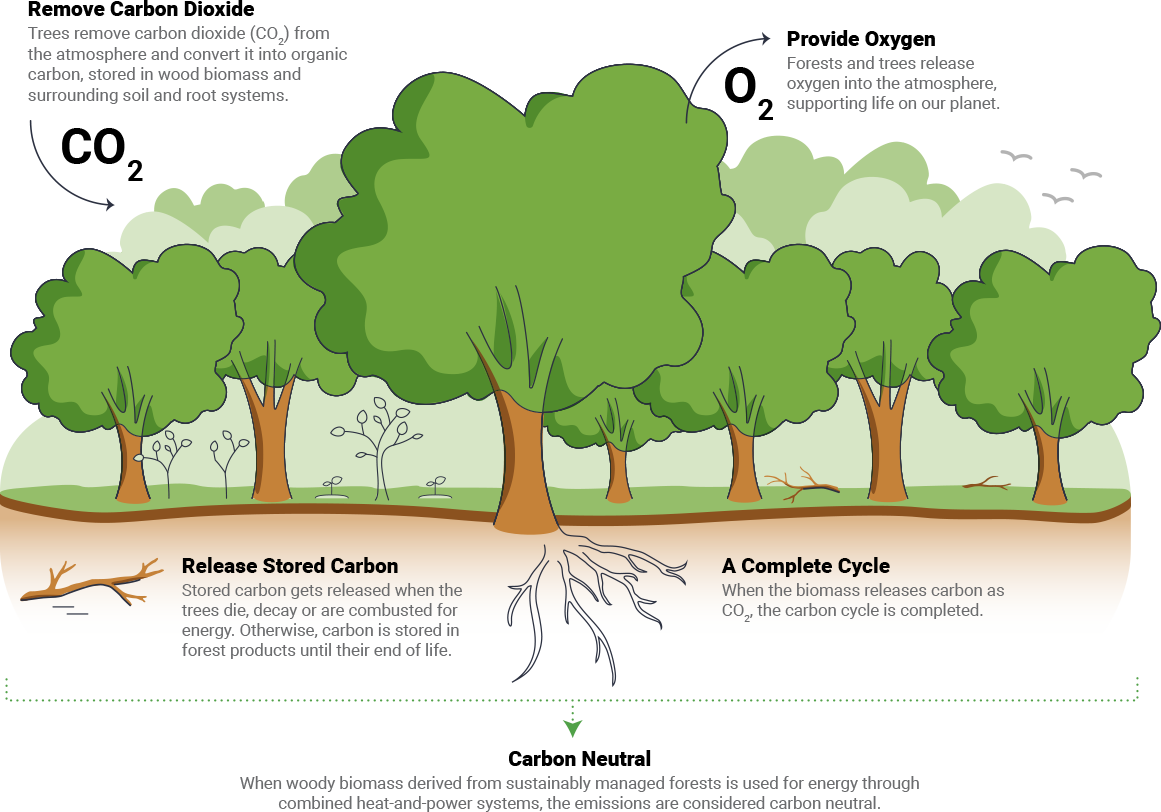
Improving Our Environmental Impact
21.4% Reduction in greenhouse gas emissions from 2010 to 20205
42% Reduction in other air emissions from 2010 to 20205
More than
$700M invested in energy efficiency improvements since 20105
Research from The Nature Conservancy published in 2017 indicates that forests offer the single largest "natural climate solution".

In 2018, International Paper and The Nature Conservancy partnered to advance "natural climate solutions" — the conservation, restoration and improved forest management techniques that increase carbon storage and avoid greenhouse gas emissions in forest landscapes.7 One natural climate solution is Reduced-Impact Logging for Carbon (RIL-C), a set of practices pioneered by The Nature Conservancy that balance the economic needs of forest-based communities and businesses with environmental goals, especially climate mitigation.
Forests can store more carbon when responsibly managed, making forest stewardship key to mitigating climate change while supporting economic and social needs for fiber-based products. As the demand for fiber-based products increases, so does the need for responsibly managed forests, and that means a better chance at mitigating climate change. See The Future of Forests for more.
Key Takeaway
Understanding the carbon footprint of our products starts with our suppliers, whose commitment to responsible forest stewardship increases the carbon sequestration potential of the forest. Air emissions and energy usage during manufacturing plays a key role in improving our products' impact on the climate. And finally, the recovery and recycling of our fiber-based products completes the cycle, diverting carbon from landfills. We hope you will join us in reducing the footprint of fiber-based products by recycling them.
To learn more about the carbon profile of fiber-based products, we recommend you read this special report produced by the National Council for Air and Stream Improvement.
Additional Resources
Downloads, fact sheets, reports and more.
FAQs
Answers to frequently asked questions about forestry, paper, packaging and pulp
Should I Go Paperless?
There may be good reasons to go paperless, but saving trees isn’t one of them
Learn MoreAre Recycled Paper Products Always Better for the Planet?
Recycling is only part of the sustainability equation
Learn More